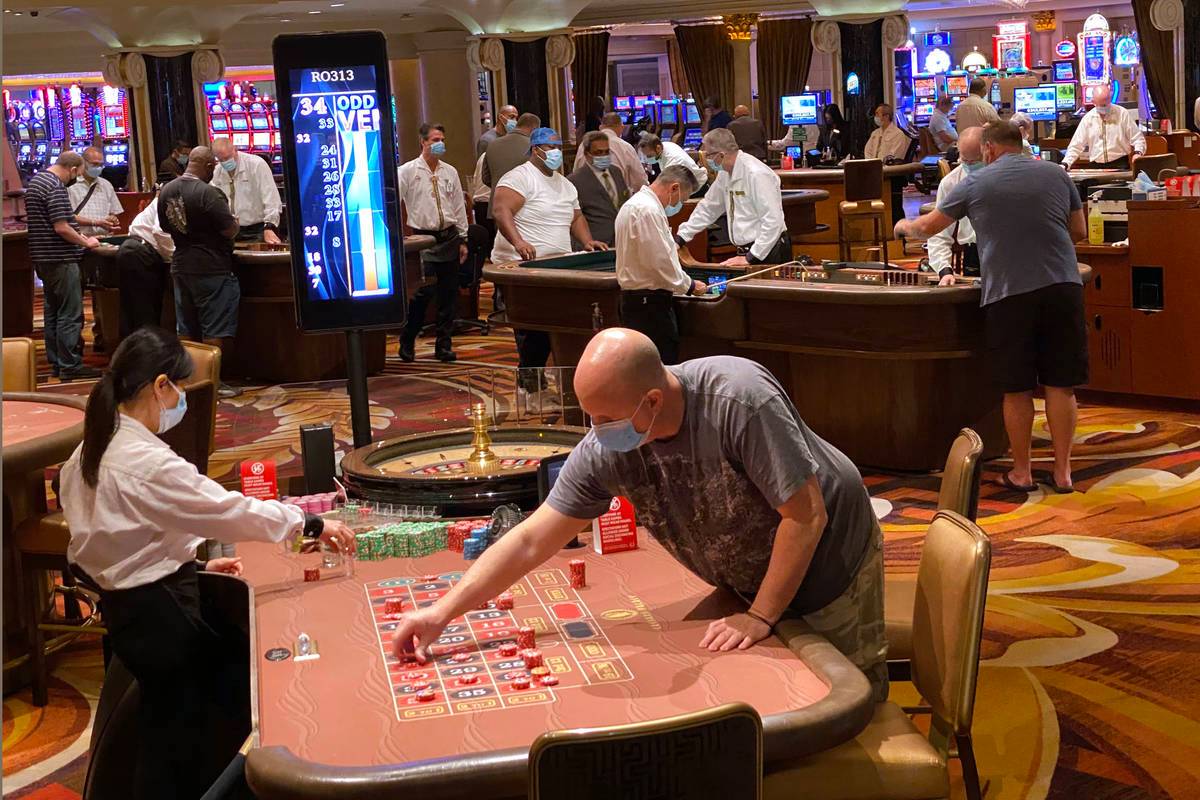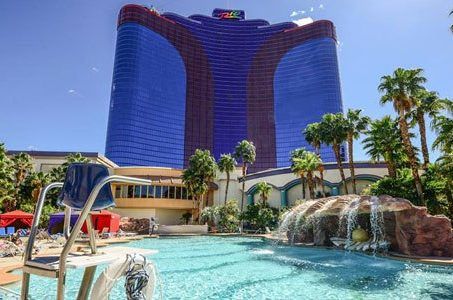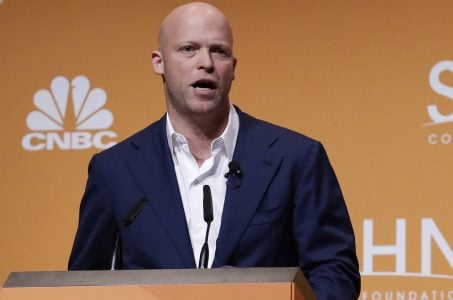Casinos Faring Surprisingly Well Operating in Reduced Capacities
Posted on: September 9, 2020, 11:12h.
Last updated on: September 9, 2020, 11:35h.
Casinos in numerous states are reporting unexpectedly strong gross gaming revenue (GGR), despite only operating at 50 percent or less capacities.

Ohio and Maryland are the two latest states to post surprising casino numbers.
In the Buckeye State, casinos and racinos posted their best August on record. The 11 gaming venues collectively reported $172.1 million in GGR.
The $172 million haul was a 4.7 percent — or $7.7 million — year-over-year increase on August 2019. Maryland casinos won $149.5 million last month, and though that’s a $4.7 million (-3.1 percent) decrease compared with August 2019, it was the state gaming industry’s eighth-best month ever.
Casinos in Ohio and Maryland are operating at 50 percent capacity. Temperature screenings are being conducted, slot machines have been rearranged to promote social distancing, and table games have been equipped with plexiglass dividers and reduced seating.
Players Going to Play
Casinos across the US have been experiencing strong pent-up demand from gamblers following their suspensions of operations. Ohio and Maryland join Pennsylvania in relaying to state gaming officials strong revenue numbers.
In the Keystone State, the brick-and-mortar and online casino operators won more than $283 million in July, a 0.56 percent premium on July 2019. Pennsylvania has yet to release August numbers. Pennsylvania casinos are also operating at 50 percent capacity and with numerous health safety measures implemented.
Gaming’s record popularity prior to COVID-19, as well as our resilience in the midst of such adversity, is evidence of the industry’s foundation for continued success as we emerge from the pandemic,” stated American Gaming Association President Bill Miller.
Pennsylvania’s success can be partially credited to online gambling, as the state’s interactive platforms kept the slots spinning and cards in the air during the COVID-19 land-based closures. Mobile sports betting has also played a small role. But that isn’t the case in Ohio and Maryland, as they don’t have internet casinos, nor sports betting.
In Maryland, two of its smaller casinos, Hollywood Perryville and Rocky Gap, reported year-over-year gains of six percent and 15 percent. That helped offset some of the losses at the three larger casinos — MGM National Harbor (-4.3 percent), Live! (-1.0 percent), and Horseshoe Baltimore (-8.1 percent).
In Ohio, Hollywood Toledo was the top dog, the casino pulling in nearly $23 million (+33 percent). The Penn National property benefited from Detroit casinos remaining closed until later in the month. The state’s four casinos saw GGR climb 8.4 percent to $77.3 million. The seven racinos, which only offer slot machines, won the remaining $94.8 million, a 1.9 percent increase.
Cautious Optimism
The gaming industry is hoping a vaccine comes soon, as many Americans say they’re wary of traveling until such an immunity is widely available. Research firm Macquarie found in July that 65 percent of adults surveyed said they wouldn’t visit Las Vegas until a COVID-19 vaccine is approved.
“Until there’s a vaccine where people feel like they’re immune to the virus, I don’t think it [Nevada’s economy] will be back totally,” opined Nevada Gov. Steve Sisolak (D) in May. “We certainly won’t get our international travelers back.”
AstraZeneca paused its coronavirus vaccine trial this week after a volunteer became infected with an unexplained illness.
“This is a routine action which has to happen whenever there is a potentially unexplained illness in one of the trials,” an AstraZeneca statement explained. “In large trials, illnesses will happen by chance, but must be independently reviewed to check this carefully.”
Related News Articles
Seven Cases of Legionnaires’ Disease Now Linked to Rio
Corvex Management Boosts MGM Stake to 15.67 Million Shares
Most Popular
Mirage Las Vegas Demolition to Start Next Week, Atrium a Goner
Where All the Mirage Relics Will Go
Most Commented
-
Bally’s Facing Five Months of Daily Demolition for Chicago Casino
— June 18, 2024 — 12 Comments
















Last Comment ( 1 )
Not all of the casinos in Ohio are doing temperature checks.